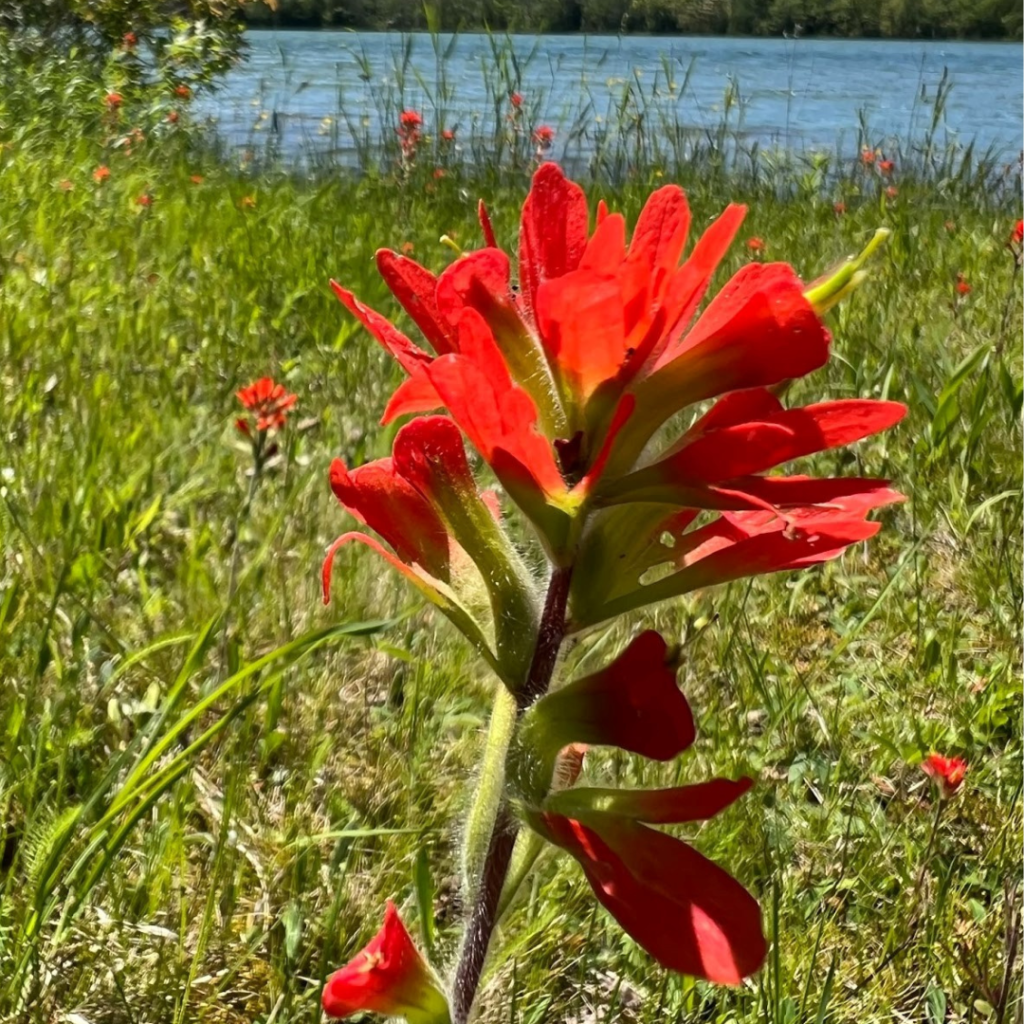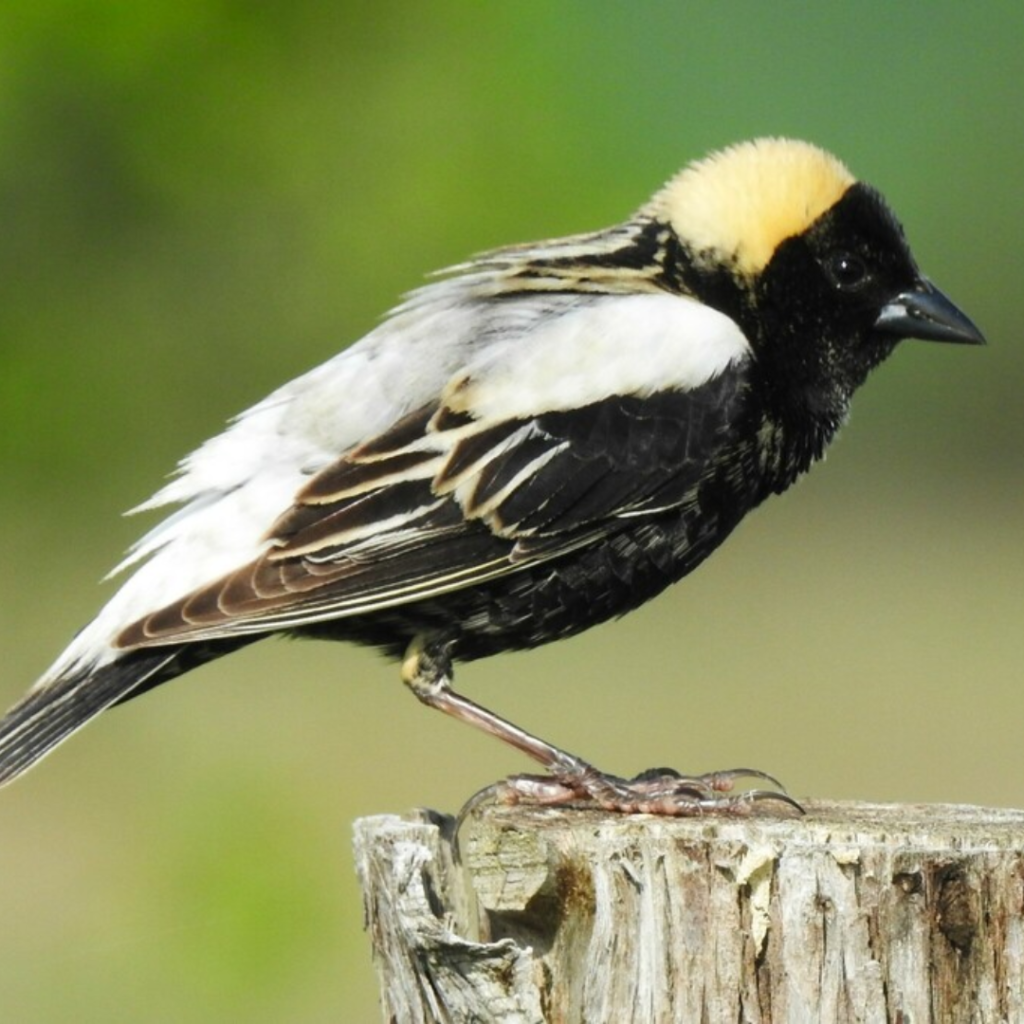Alvars are unique and fascinating ecosystems that are defined by limestone or dolostone outcrops, often with little to no soil, supporting grassland, shrubland, savanna, or woodland vegetation. These ecosystems are quite rare, found in only a few areas worldwide, with the most notable concentrations occurring in the Baltic Sea region of northern Europe and the Great Lakes Region in North America. In Ontario, alvars are highly valued for their rare species and the unique ecological communities they support.
Alvars are restricted in distribution across Ontario, with notable areas including Pelee Island, the Saugeen Peninsula, Manitoulin Island, Kawartha Lakes, the Napanee Limestone Plain, and the Carden Alvar. Of these, Carden Alvar is one of the most well-known and distinctive alvar landscapes in Ontario, located in the Kawartha Lakes region and managed by organizations like the Couchiching Conservancy and the Nature Conservancy of Canada, which have acquired a large land base for the purposes of protecting nature.
Carden Alvar: A Unique Ecosystem
The Carden Alvar features a mosaic of alvar communities – grasslands, shrublands, woodlands, and savannas. Of these, Carden is mainly dominated by alvar grasslands – where grasses and wildflowers cover much of the landscape. The region is home to some of Ontario’s rarest species, including a variety of wildflowers, birds, and many on the endangered species list. The landscape of Carden Alvar offers a stunning display of wildflowers during the spring and early summer months, such as the vibrant scarlet paintbrush (Castilleja coccinea) and prairie-smoke (Geum triflorum). These plants thrive in the shallow soils found here, allowing them to outcompete more widespread species that are not adapted to thrive in alvar conditions.
In addition to its floral diversity, Carden Alvar is home to a variety of shrubs and trees, such as junipers (Juniperus communis), white pine (Pinus strobus), cedar (Thuja occidentalis), tamarack (Larix laricina), and spruce (Picea sp.). The most common deciduous tree species are American elm (Ulmus americana), trembling aspen (Populus tremuloides), balsam poplar (Populus balsamifera), green ash (Fraxinus pennsylvanica), and paper birch (Betula papyrifera). Shrubs include dogwoods (Cornus sp.), sumacs (Rhus sp.), hawthorns (Crataegus sp.), white meadowsweet (Spirea alba), willow (Salix sp.) and snowberry (Symphoricapros albus).





Importance for Bird Conservation
The woodlands and shrublands of Carden provide important habitat for both migratory and resident bird species, such as the Eastern Loggerhead Shrike (Lanius ludovicianus), which has a significant population here each summer. Carden Alvar is one of the key habitats for the Loggerhead Shrike in Ontario, a species that has been declining due to the loss of its native grassland and shrubland habitats. The open fields and interspersed forested areas of Carden Alvar provide the shrike with optimal conditions for hunting and nesting. This bird is a carnivore, feeding on insects, small rodents, and even amphibians, and the mosaic of fields and forests at Carden serves as an ideal hunting ground.
Other bird species of conservation concern in the region include the Eastern Meadowlark (Sturnella magna) and the Bobolink (Dolichonyx oryzivorus), both of which are also dependent on the grassland habitats that are a key feature of Carden Alvar. Efforts to conserve and protect these habitats are vital in supporting these at-risk species.






Carden Alvar and the Couchiching Conservancy’s Conservation Efforts
The Couchiching Conservancy has played a crucial role in the long-term protection of the Carden Alvar and its unique ecosystems. Through land acquisition, stewardship, and conservation programs, the Conservancy has helped protect a substantial portion of the alvar and its many species. Together with partners such as the Nature Conservancy of Canada and Ontario Parks, the Couchiching Conservancy is working to ensure that the ecological integrity of this rare landscape is maintained for future generations.
In addition to these efforts, ongoing habitat restoration projects in Carden aim to restore areas impacted by invasive species or development. The active management of Carden Alvar is a key part of the effort to maintain this globally significant ecosystem and safeguard its biodiversity.
Other Significant Alvars in Ontario
While Carden Alvar is a centerpiece of Couchiching Conservancy’s conservation efforts, other Ontario alvars are also of great ecological importance. The Saugeen-Bruce Peninsula and Manitoulin Island feature rich alvar habitats, especially along Lake Huron’s coastline, with alvar pavements, shrublands, and woodlands supporting diverse plant and animal species, including the Lakeside Daisy and Dwarf Lake Iris on the Saugeen Peninsula. Similarly, the Napanee Limestone Plain and Pelee Island host unique ecosystems and rare species, such as the Blue Racer snake on Pelee. These areas, along with Carden, contribute to the broader conservation efforts across the Great Lakes region and are integral to maintaining biodiversity in the face of growing development pressures.
Conservation of Alvar Grasslands and the Need for Action
Alvar ecosystems, including the Carden Alvar, face numerous threats, including invasive species, habitat loss, and climate change. The need for continued conservation work is more critical than ever. As natural habitats are lost due to urban expansion and agricultural development, places like Carden Alvar remain essential refuges for species that cannot thrive elsewhere. It is through the efforts of organizations like the Couchiching Conservancy that these unique ecosystems can be preserved and enhanced.
Alvars, with their shallow soils and extreme conditions, are among the most fragile ecosystems in Ontario. As a region of international significance, Carden Alvar requires careful management and conservation to protect its rare species, and to ensure that future generations can experience the beauty and wonder of this remarkable landscape.
By supporting the Couchiching Conservancy, you contribute to the ongoing protection of Carden Alvar and its role in supporting biodiversity within Ontario and the Great Lakes region. Through volunteer work, donations, and participation in local conservation programs, everyone can play a part in ensuring the protection of Carden Alvar and other important alvar ecosystems across the province.
Article by Matthew Palarchio
Photos by Matthew Palarchio, unless otherwise indicated with a copyright (©) symbol.

Matthew Palarchio is going into his fourth year of studies at the University of Western Ontario (pursuing an Honours BSc in Environmental Science). Matthew is a dedicated volunteer at several conservation organizations across Ontario, including Thames Talbot Land Trust, Long Point Basin Land Trust, and the Kensington Conservancy. He has previously been involved with Ontario Nature through their youth programme, participating in their Annual Gathering as well as their Youth Summit. Matthew is currently serving as a Director-at-Large with his local Naturalist club – Nature London. Enjoying outdoor activities in all seasons, Matthew is a hiker, skiier, birder and wildlife photographer.

